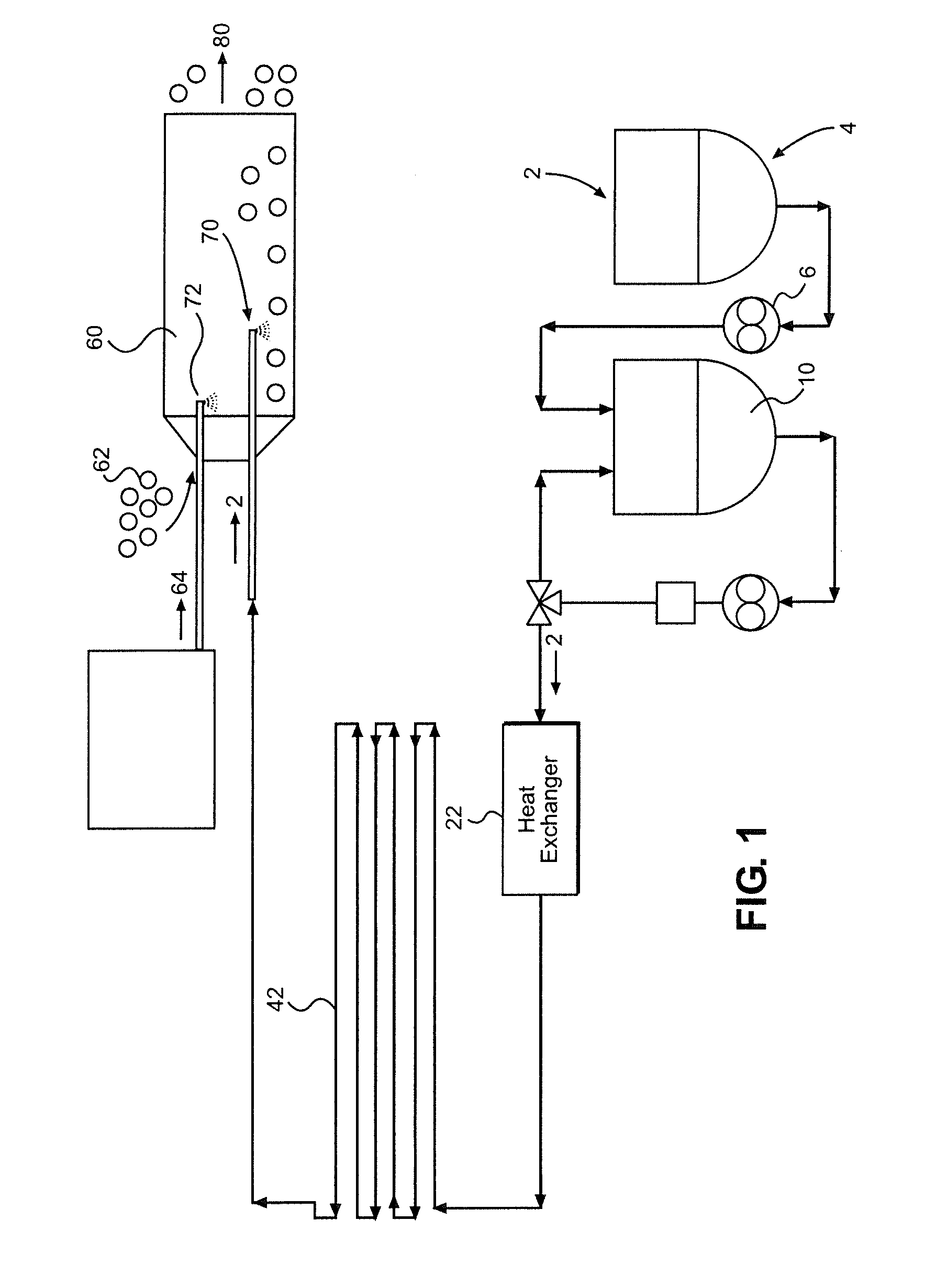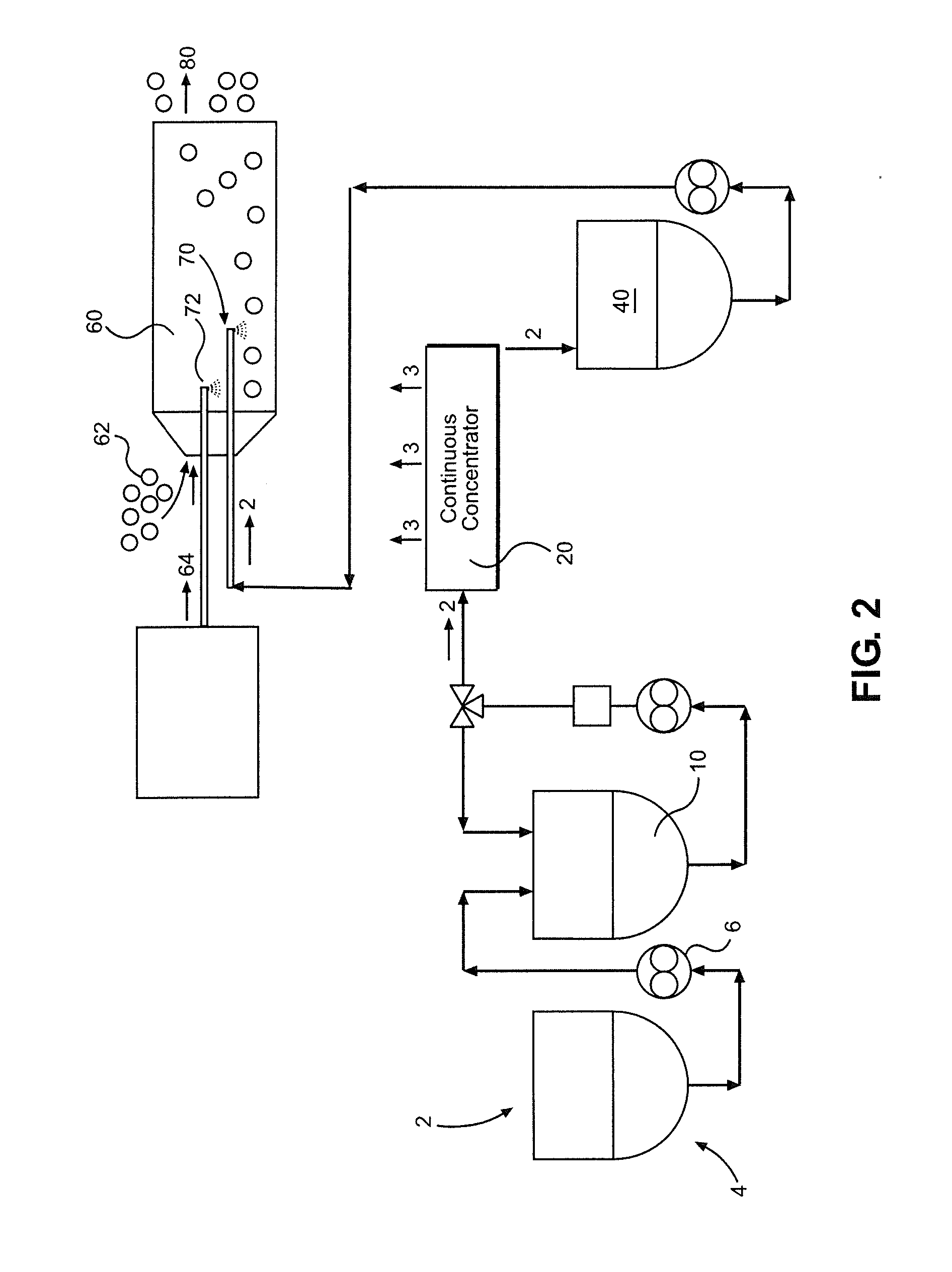Cooked Caramel Compositions and Related Food Products
a technology of compositions and caramels, applied in the field of cooked caramel compositions and related food products, can solve the problems of not being known to produce substantially uniform and even coatings, and achieve the effects of increasing cost and complexity, increasing moisture content slurry, and increasing cost and complexity
- Summary
- Abstract
- Description
- Claims
- Application Information
AI Technical Summary
Benefits of technology
Problems solved by technology
Method used
Image
Examples
Embodiment Construction
[0029]As used in the following description the term “caramel,” as in caramel coating, caramel slurry, etc., is to be given a meaning that is consistent with the meaning that this term is given and understood to convey within the food and candy arts.
[0030]Consistent with its understood meaning, the term “caramel” refers to a brown-colored, sweet-tasting edible confection having distinctive brown coloration, typically a thick, often sticky, sometimes brittle, chewy texture, and a characteristic caramel flavor and aroma. To achieve the color, flavor, and aroma that are characteristic of caramel, it is prepared by controlled cooking of a mixture of ingredients that includes sugars, fat, and protein, with water. The particular types of sugars, fat, and protein can vary among specific types that are commonly used in the production of caramel, often including butter; sucrose; non-sucrose mono and di-saccharide-containing ingredients such as molasses or corn syrup; and usually milk or a mil...
PUM
 Login to View More
Login to View More Abstract
Description
Claims
Application Information
 Login to View More
Login to View More - R&D
- Intellectual Property
- Life Sciences
- Materials
- Tech Scout
- Unparalleled Data Quality
- Higher Quality Content
- 60% Fewer Hallucinations
Browse by: Latest US Patents, China's latest patents, Technical Efficacy Thesaurus, Application Domain, Technology Topic, Popular Technical Reports.
© 2025 PatSnap. All rights reserved.Legal|Privacy policy|Modern Slavery Act Transparency Statement|Sitemap|About US| Contact US: help@patsnap.com



